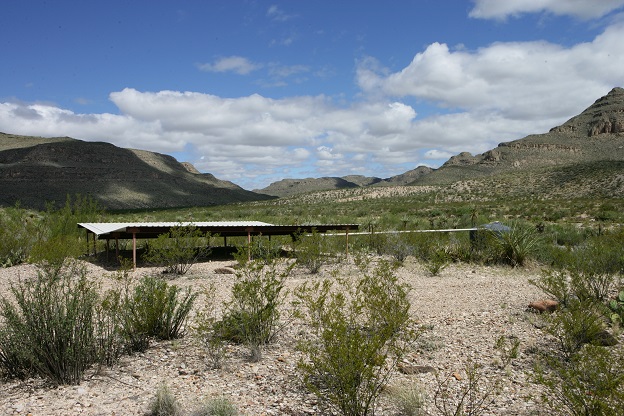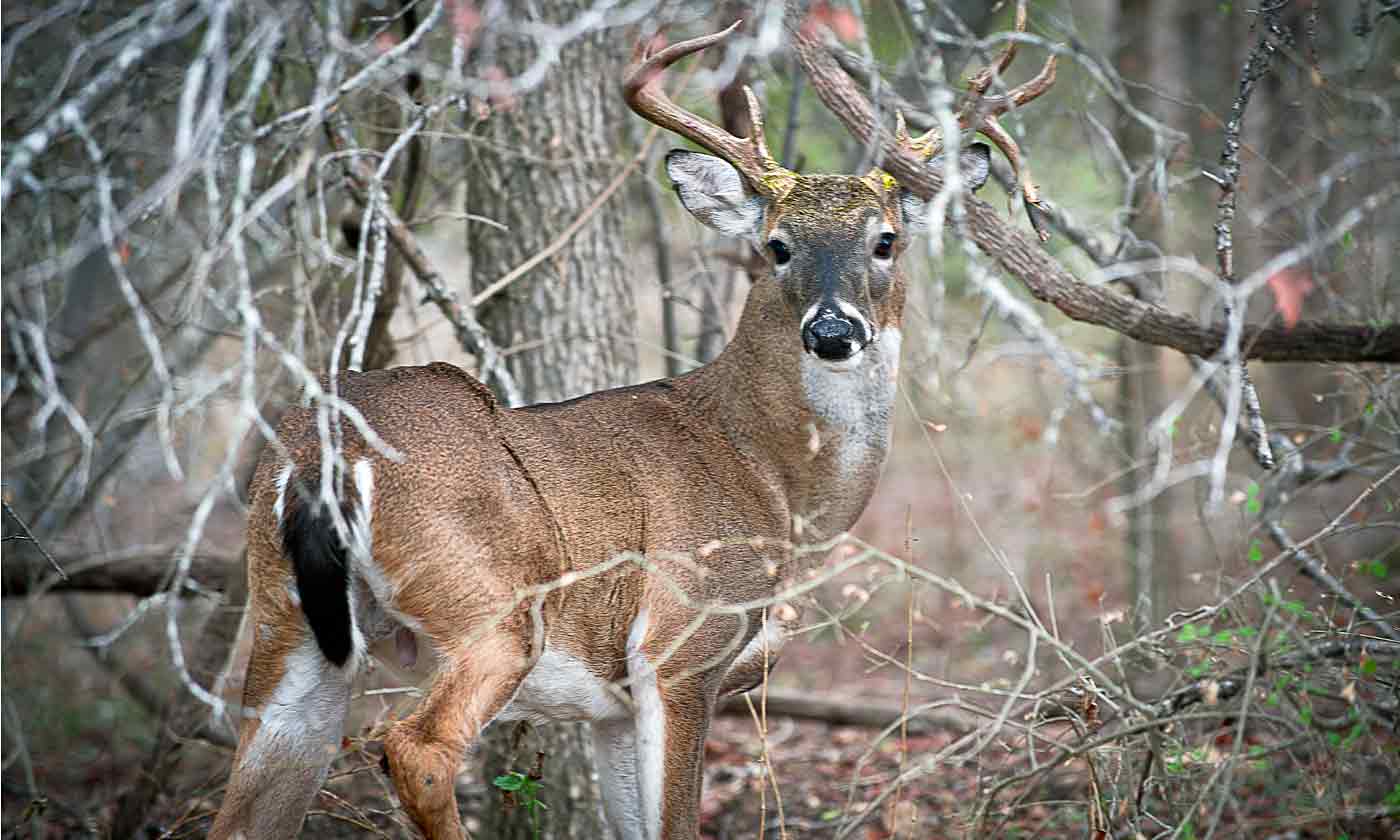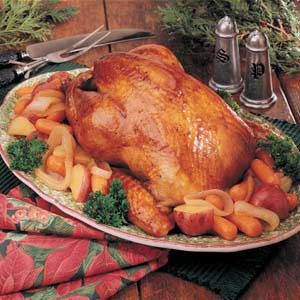Birding Classic Still Flying High after 21 Years
Monday, March 6th, 2017This is Passport to Texas
Twenty seventeen marks the 21st anniversary of the Great Texas Birding Classic.
I’ve been involved for 20 of those 21 years.
Shelly Plante is Nature Tourism Manager for Texas Parks and Wildlife. In the beginning, Plante says the majority of participants were “hard core” birders. Since becoming a statewide event, she says it’s evolved into a tournament for everyone.
We have a lot of different categories. There are categories for beginners; categories for kids who are just getting started; categories families can take part in—or bird clubs can take part in. And so, I’ve seen this really huge growth in the generalist, which I think is fantastic. That’s who we would love to connect with nature. They may not have a connection. So, we’re hopefully making that connection for them with an event.
The Great Texas Birding Classic is April 15 through May 15; registration deadline is April 1st. Money raised through fees and sponsorship goes toward conservation grants.
The more money we raise through registration fees and sponsorship, the more money we are able to award to conservation grant projects throughout the state. So last year, we gave out $36-thousand dollars worth of grants. And, some of the winning teams got to pick which projects received that funding. So, it’s really a fun way to take part in conservation, and maybe even get to choose who gets those conservation dollars.
Put together a team and register before April 1, at birdingclassic.org.
That’s our show… Funding provided in part by Ram Trucks. Guts. Glory. Ram
For Texas Parks and Wildlife, I’m Cecilia Nasti






 Passport to Texas is a
Passport to Texas is a  Passport to Texas is made available by:
Passport to Texas is made available by: